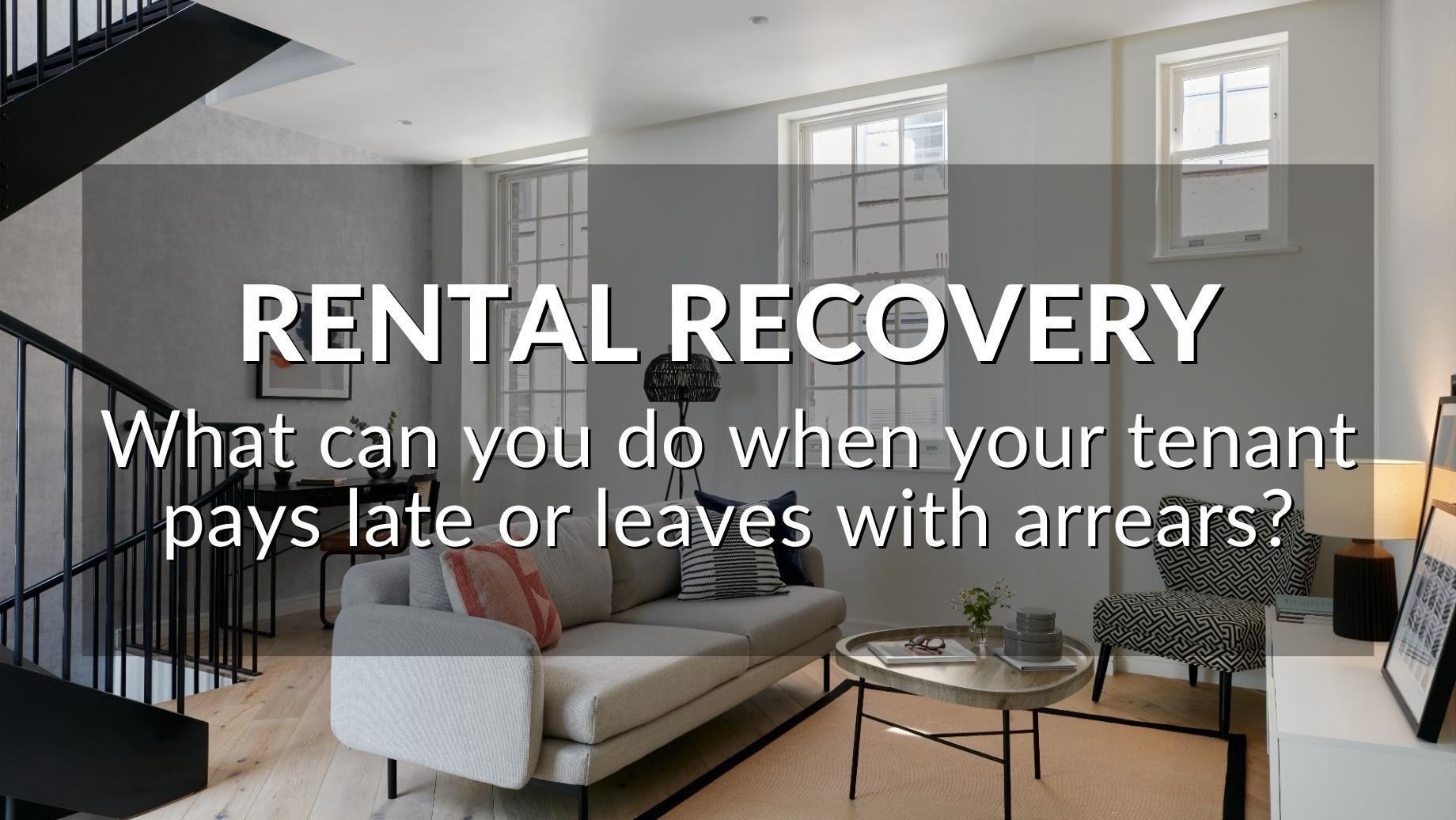
"At least one in six people on The Sunday Times Rich List owes their wealth to property or the world of home ownership in some way". Those are the words of Robert Watts, the man who compiles The Sunday Times Rich List.
Building a successful lettings portfolio is an exciting route to financial freedom, and picking a direction for your buy-to-let business ultimately comes down to two choices: capital growth or rental yield.
When it comes to choosing between them, you'll find strong proponents of both whenever you ask the question. For some, capital growth is the be-all and end-all of being a landlord, while others extol the benefits of immediate income and higher yields. You'll also find many successful landlords operating in each camp, with some even managing to combine both strategies.
Comfortable retirement, financial freedom, a change of career, supporting children, expanding a business, earning passive income and being your own boss are all motivators for becoming a landlord. Whatever your goals, building a sustainable portfolio of buy-to-let homes can make them possible.
Whether you're looking to increase the size of your lettings portfolio, add a second strategy to your current one, or even if you're just about to go looking for your first buy-to-let investment, this week's blog has something for you.
If you'd prefer to talk in person about the market for rental property in Harborne or the surrounding areas, call us for a chat on 0121 427 4777 or email us at info@truemanestates.co.uk to get all your questions answered.
KNOW YOUR BUYING POWER
The amount of your own money that you can – or are willing to – put into buying a rental property may well dictate your strategy.
To minimise your capital outlay, you'll need to secure a higher loan-to-value mortgage. Buy-to-let mortgages are generally available up to 75% of a property's open market value, as long as the rental yield is high enough: most lenders require the monthly rental income to be at least 125% of the monthly mortgage payment.
While gross rental yields are the ones you'll see widely advertised, the net yield is the only number that matters and may be significantly lower. Be sure to factor in all the ongoing costs like insurance, service charges, maintenance and management fees.
With deeper pockets, your options are wider. Capital growth tends to come from more expensive locations and more luxurious homes, where sales prices are higher but rental yields are lower. You could well need to fund 50% of the purchase price yourself to satisfy the income-mortgage payment ratio of lenders, but you'll also find loans at lower interest rates.
SET YOUR PRIORITIES
In the most simplistic terms, capital growth concentrates on investment, while yield focuses on income. The two can become blurred when you adopt a dual strategy, and it's not as cut and dried as that for every landlord, but it's a place to start.
Why choose capital growth?
Let's look at the landlords whose portfolios we manage. Those interested primarily in capital growth operate on a 'buy and hold' basis, intending to keep a property for at least five years, possibly ten and maybe even indefinitely.
You might call it a set-it-and-forget-it approach: a bit like a long-term savings account but with a far better return. Capital growth strategies often underpin longer-term plans like supporting children onto the property ladder or building financial security for retirement.
As the value of the property increases, you can release the built-up equity to fund the deposits on further buy-to-let purchases without using your own money.
Why choose rental yield?
Landlords who prioritise yield tend to be less fixed around how long they keep a home. They stay open to opportunities and may be open to selling if we had a potential buyer who we thought would be perfect. When kitchens, bathrooms and heating need replacing, a landlord might prefer to take their money out and buy a more up-to-date property instead of having a vacant period while they carry out renovation works.
Yield strategies produce an immediate income stream that can supplement an existing salary, or be the catalyst for switching careers altogether, perhaps to become a full-time landlord. In short, they can facilitate an immediate lifestyle change.
Concentrating on lower-value homes makes entry to the market more accessible and is how many landlords get started before switching to a capital growth strategy later on.
A CAPITAL GROWTH STRATEGY
The most prudent and reliable course is to go where the money is. Look for central and prime locations with a high concentration of high-earning professionals, often from the corporate worlds like banking, insurance, medicine and law, as well as the tech and creative industries.
Tenants at the top end of the rental market respond to high-quality property that reflects their aspirations, along with a lifestyle that reflects their spending power. They seek homes with an emphasis on contemporary design and luxury specifications, with a premium retail, restaurant and cultural offering nearby.
The catchment areas of high-performing schools are also excellent targets as there are usually more hopeful parents looking for homes than there are properties for sale. However, you'll face fierce competition from local families, which may send the price higher than you're willing to go.
If you can find a fixer-upper in a prime location, you'll benefit from an instant uplift in the sales value and may even be able to increase the level of accommodation. There's a reason for the adage of "always buy the worst house on the street", but you won't be the only person trying.
A RENTAL YIELD STRATEGY
Less central or prime locations have lower property prices, but they will attract good-quality tenants when they offer easy connectivity and an enjoyable lifestyle.
Perhaps the best way to describe properties that fit a yield strategy is regular homes for regular people: think classic Victorian, Edwardian and 1930s houses or conversions, along with purpose-built apartments from the 1960s until now. The closer to a high street the better, particularly one with a choice of coffee places, pubs and good local shops.
To give yourself the best chance of moving tenants in swiftly after completion, look for homes with minimal works required to have them ready for occupation.
Remember that just because a property is cheaper to buy doesn't mean it's cheaper to own and maintain. Older homes are consistently popular because of their character, but they require looking after, so check around thoroughly for the prospect of upcoming surprises.
A DUAL STRATEGY
Finding a formula that will deliver strong capital growth along with a strong rental yield is the holy grail of being a landlord. With a bit of research, it's entirely possible to buy low, rent high and watch the value of your property increase.
Look for locations where infrastructure improvements or regeneration are on the horizon, but still a few years off. When the local connectivity or lifestyle get earmarked for attention – faster (or new) transport connections; an improved retail and leisure offering; even better places to live – there's usually an opportunity to get in early at subdued prices before they catch up with more developed areas.
Owner-occupiers prefer to buy in areas with established amenities, but tenants are more flexible in where they live when they can get a better home for their budget. This presents an opportunity for investors.
Be sure to balance your decision with a reality check. If you're buying into a large new development, many similar homes may become available simultaneously as different landlords complete their purchases. Choice for tenants means competition for landlords, which usually translates to a downward impact on rents in the short term until the development is fully occupied.
Final words
There are many ways to be a successful landlord, and there's no one-size-fits-all strategy. Talking things through with a letting agent where you're looking to invest will give you a clear picture of the local market so you can make an informed decision about the best approach for you.
We can help you identify the locations in Birmingham that suit capital growth or rental yield strategies, so why not get in touch? Call us on 0121 427 4777 or drop us a line at info@truemanestates.co.uk – we're here to help you build a sustainable portfolio and a solid financial future.









